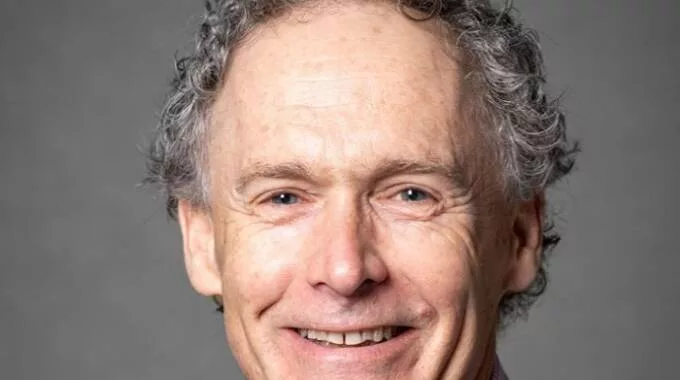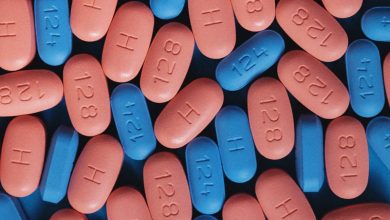HIV transmission virtually eliminated in Inner Sydney, Australia
…new evidence suggest Australia may become world’s first nation to end HIV epidemic

HIV transmission virtually eliminated in Inner Sydney, Australia
…new evidence suggest Australia may become world’s first nation to end HIV epidemic
AUSTRALIA has every reason to celebrate at the ongoing IAS (International AIDS Society) 2023, the 12th IAS Conference on HIV Science, in Brisbane.
Delegates attending the conference in person and virtually heard that Inner Sydney has reduced new HIV acquisitions by 88 percent through focusing on prevention and equitable access to care for anyone at risk of HIV.
This latest development means Inner Sydney may be the first locality in the world to reach the United Nations (UN) target to end AIDS as a public health threat by 2030, according to data released yesterday.
Presenting the findings to thousands of delegates including scientists, policymakers, young leaders and the media, epidemiologist Andrew Grulich – of the Kirby Institute at the University of New South Wales and member of the Governing Council of IAS – cited progress in Inner Sydney, where HIV was once most prevalent in Australia, as evidence that stopping new HIV acquisitions is possible.
Grulich attributed success in Inner Sydney in part to community outreach and prevention efforts, including widespread availability and use of HIV pre-exposure prophylaxis (PrEP).
IAS president Sharon Lewin, who is also IAS 2023 international chairperson and director of the Peter Doherty Institute for Infection and Immunity at the University of Melbourne in Australia, said the findings were encouraging.
“These encouraging findings from inner city Sydney show just how far we have come since the early days of the AIDS pandemic before we had effective testing, treatment or prevention tools.
“A durable end to Australia’s HIV epidemic requires a cure and a vaccine, and the scientific community won’t stop until we discover them,” she said.
Skye McGregor of the Kirby Institute presented a study showing that Australia is on track to achieve the UNAIDS 95-95-95 targets, which call for 95 percent of all people living with HIV to know their HIV status, 95 percent of all people diagnosed with HIV to receive sustained antiretroviral therapy, and 95 percent of all people receiving antiretroviral therapy to achieve viral suppression by 2025.
However, the study authors point out that continued success is not guaranteed.
While Australia achieved the 90-90-90 targets in 2020 and saw declines in new HIV diagnoses during the Covid-19 pandemic, achieving the more ambitious 95-95-95 targets will require increased efforts to diagnose people living with HIV earlier and immediately link them to ongoing care and treatment.
IAS 2023 local chair and Queensland professorial chair of BBVs and STIs at the University of Queensland, Australia, Charles Gilk, said science has the potential to inform the global HIV response.
“As Australia stays on course to become one of the first countries to virtually eliminate HIV, the science produced here has the potential to inform the global HIV response.
“Key to our national success has been a focus on prevention and on equitable access to care for anyone at risk of HIV, a winning strategy we are proud to share with the world,” he said.
He added that achieving the last mile of the virtual elimination of HIV in Australia will require additional interventions. – Sunday Mail




